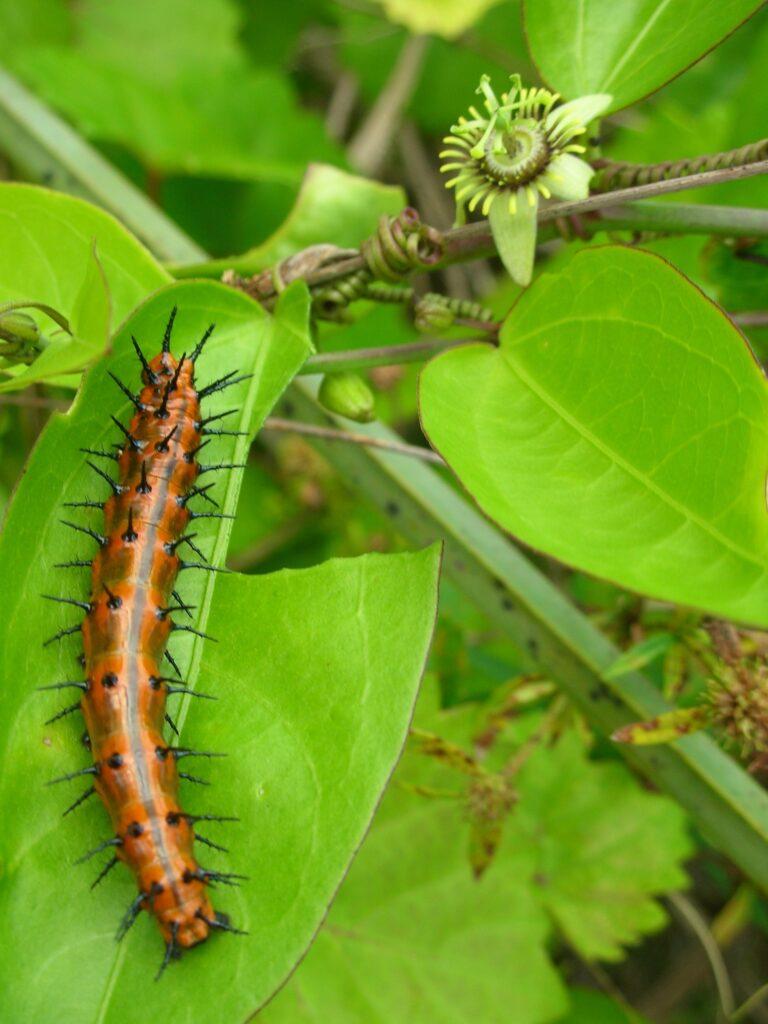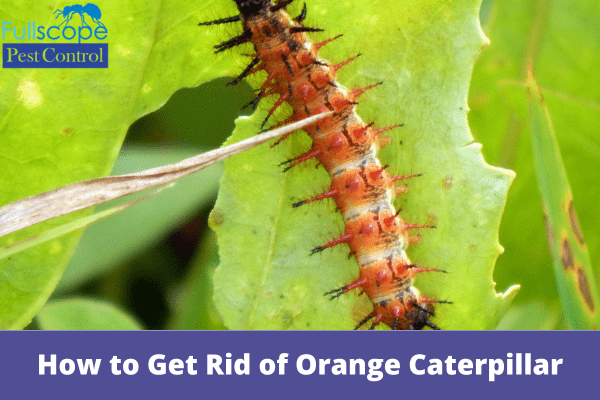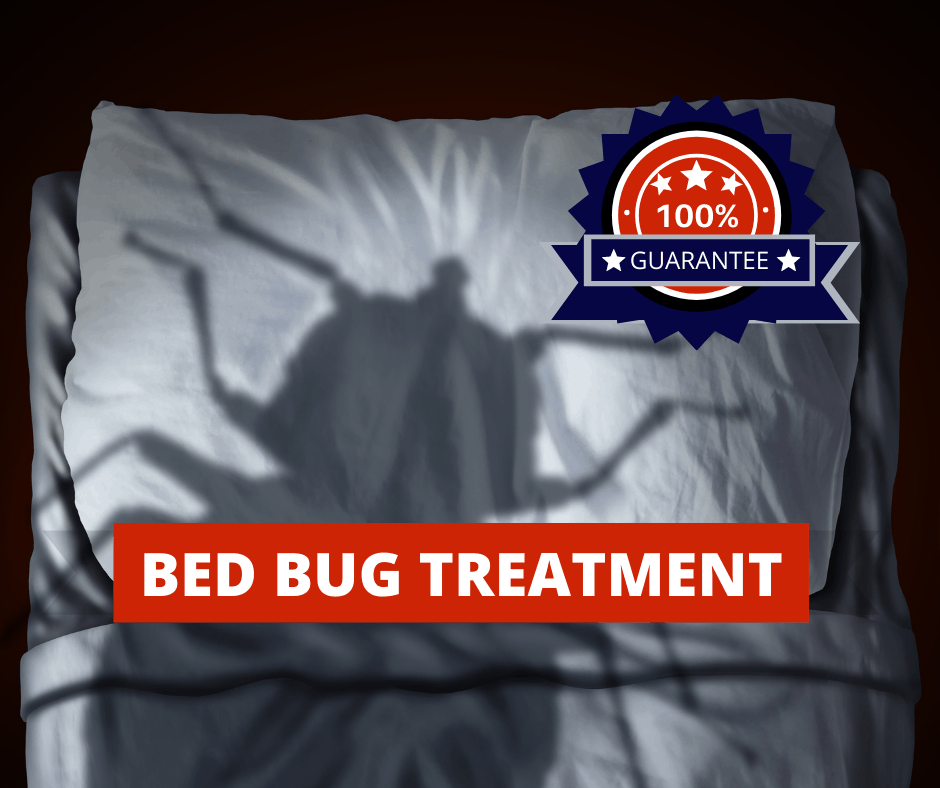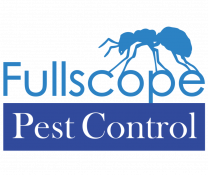Finding a bright orange caterpillar with black spikes on your plants or yard can be alarming. If left unchecked, these caterpillars, sometimes known as wooly bears or tussock moth caterpillars, can cause damage to your plants. But there’s no need to panic. This blog post will review several practical strategies for removing these orange and black spiky caterpillars and protecting your prized vegetation.

Identify the Caterpillars
Before implementing any control measures, it is critical to correctly identify the caterpillars in question. Wooly bears or tussock moth caterpillars have orange bodies with black spikes. They feature noticeable black spines or fur tufts on their bodies and can be found on various plants and trees.
Manual Removal
Manual removal is one of the simplest and most environmentally friendly ways to eliminate orange caterpillars. Wear gloves to protect your hands, inspect your plants carefully, and handpick the caterpillars. Put them in a container with soapy water or dispose of them away from your garden. Caution is advised because some caterpillars can cause skin irritation or allergic responses. Must read about commercial pest control services in Cold Spring TX
Natural Predators
Encouragement of natural predators can aid in the control of the orange caterpillar population. Beneficial species that feed on caterpillars include ladybugs, lacewings, birds, and parasitic wasps. Plant native flowers, install bird feeders or birdhouses, and avoid using toxic chemicals to create a friendly environment for these predators.
Neem Oil Spray
Neem oil, obtained from the neem tree, is an organic and effective caterpillar control treatment. Spray neem oil directly on the afflicted plants after diluting it according to the product’s recommendations. The oil interferes with the caterpillar’s feeding and molting cycles, eventually killing them. To safeguard pollinators, apply neem oil under calm weather conditions and avoid spraying it on flowering flowers.
Cultural Practices
A healthy garden is essential for preventing caterpillar infestations. Inspect your plants regularly for evidence of damage or the appearance of caterpillars. Remove fallen leaves and debris, which can serve as a haven for caterpillars. To inhibit the spread of the infestation, prune and remove heavily affected plant sections.
Professional Pest Control
If you have a significant infestation of orange caterpillars and the treatments indicated above aren’t working, it may be time to call a professional pest control service. Professional exterminators have dealt with various pests, including caterpillars, and can give specialized treatments to efficiently eliminate the infestation. They can examine the problem, decide the best control techniques, and ensure safety for your plants and the surrounding environment.
Must Read:WHERE DO BED BUGS HIDE DURING THE DAY
What’s Next?
We have a team of skilled experts at Fullscope Pest Control who specialize in dealing with various pest problems, including orange caterpillar infestations. Our experts will inspect your garden thoroughly, identifying the caterpillar species and the amount of infestation. We’ll customize a pest control plan to your needs using cutting-edge technology and environmentally friendly methods.
Contact Fullscope Pest Control immediately to take the first step toward a caterpillar-free garden. Our friendly staff is ready to help you, providing quick and dependable solutions that can restore the beauty and vitality of your plants.






